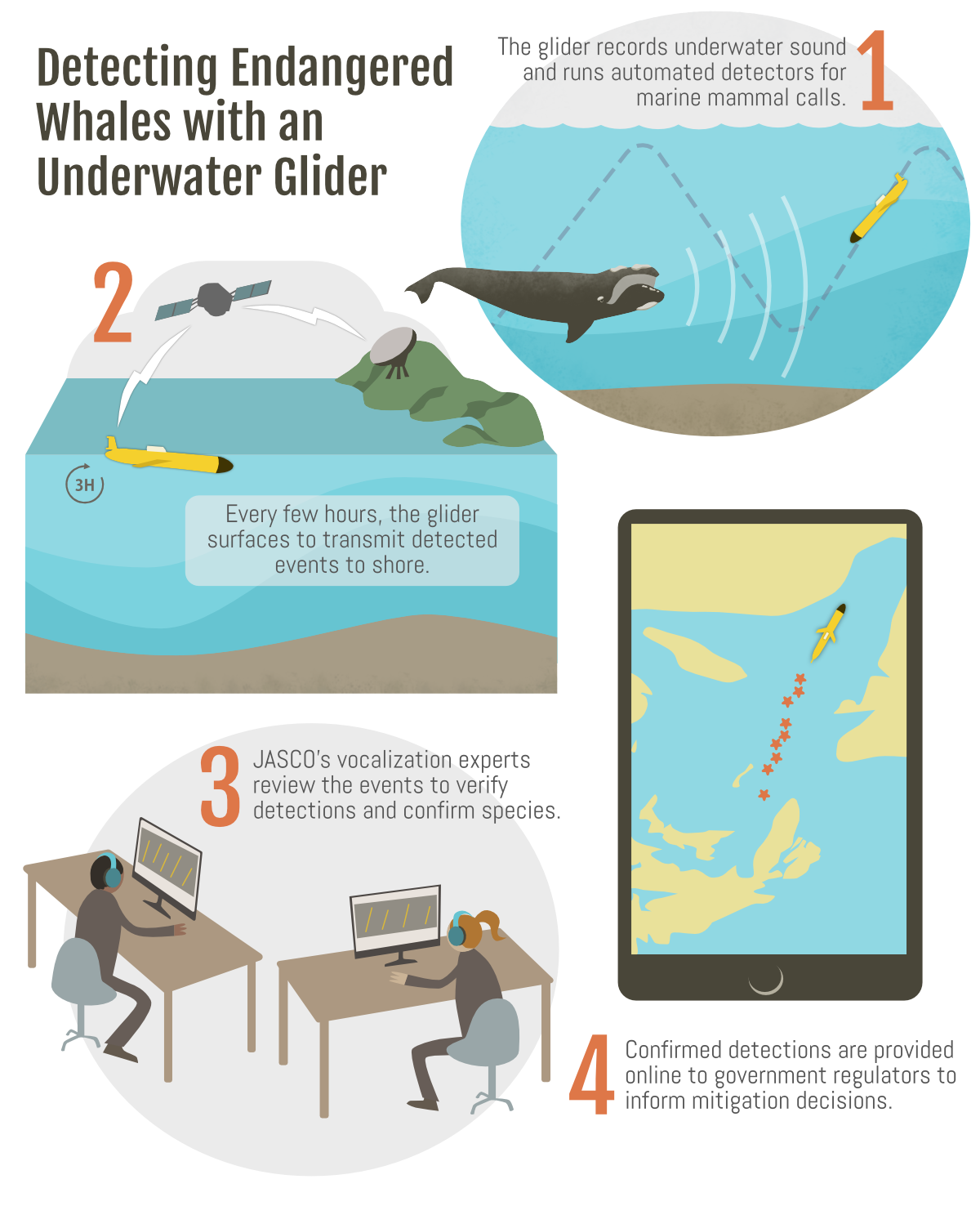OceanObserver Glider
OceanObserver on the Slocum Autonomous Underwater Glider
Intelligent acoustic monitoring on one of the world’s most utilized underwater gliders.
Marine mammal monitoring without the cost of vessel or aerial surveys:
24/7 monitoring in any sea state
Long-term monitoring over wide areas
Deploy from any size vessel
Customized detections and processing
Detections sent by satellite in near real-time
Data recorded on 6 TB of SD memory

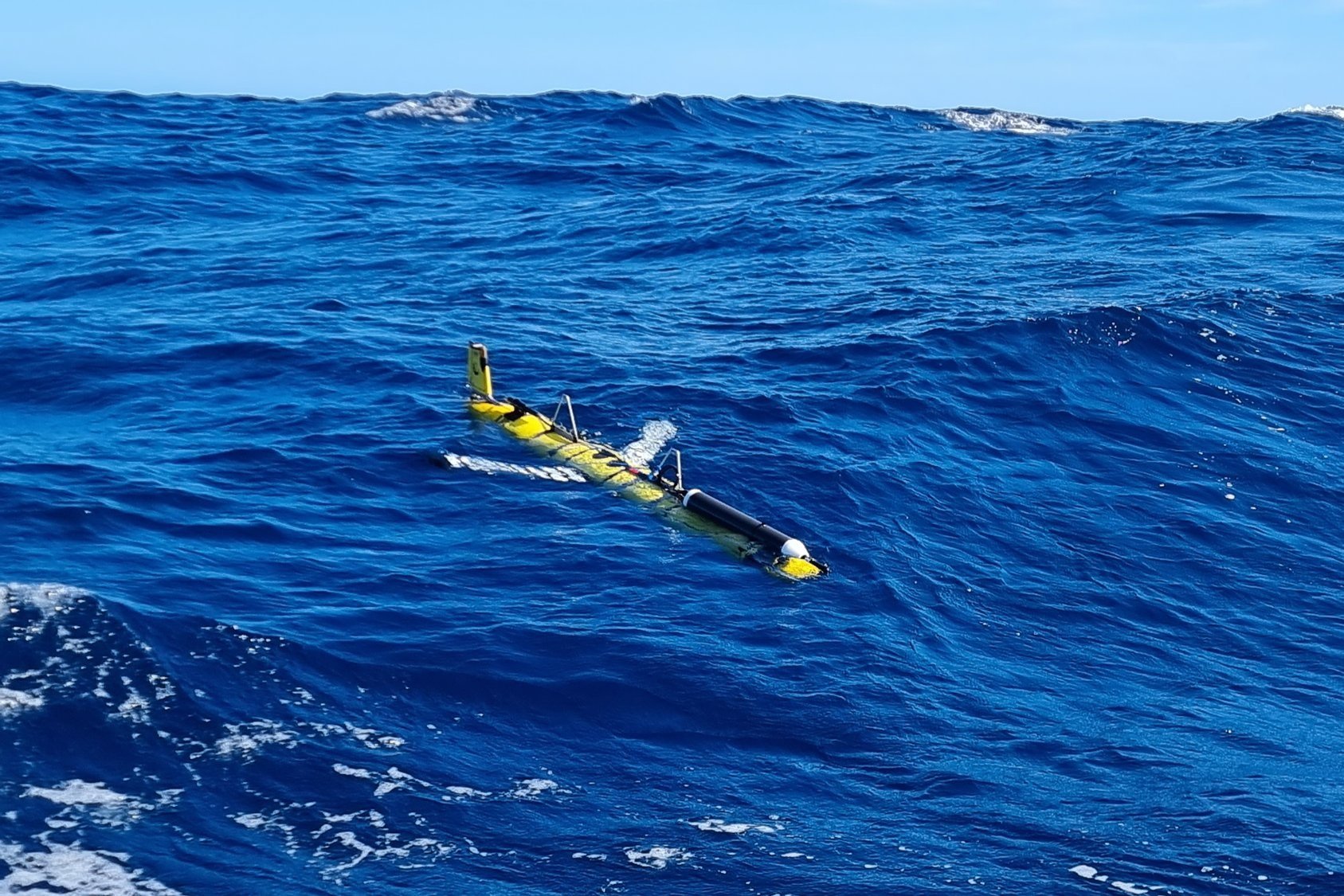
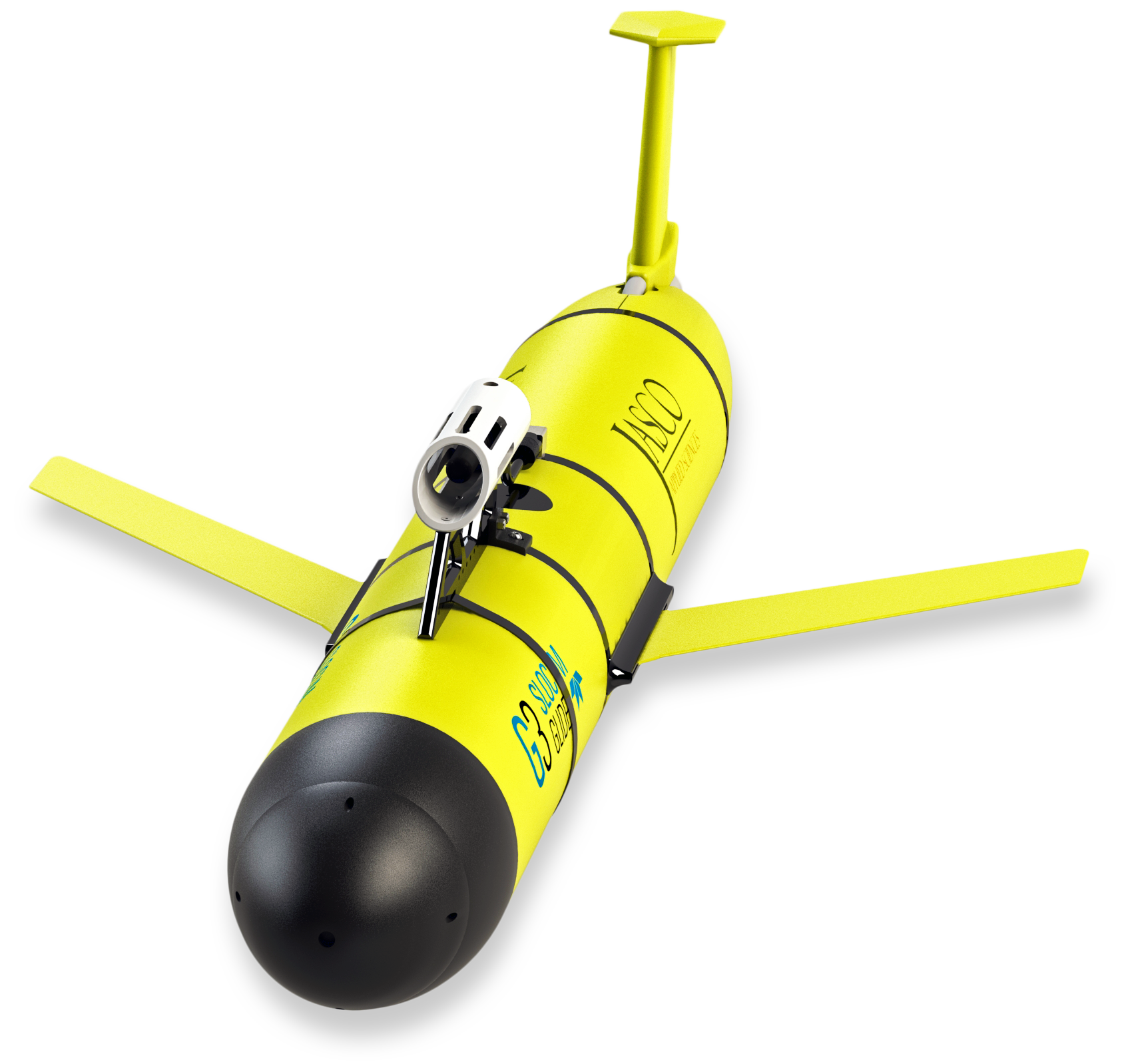
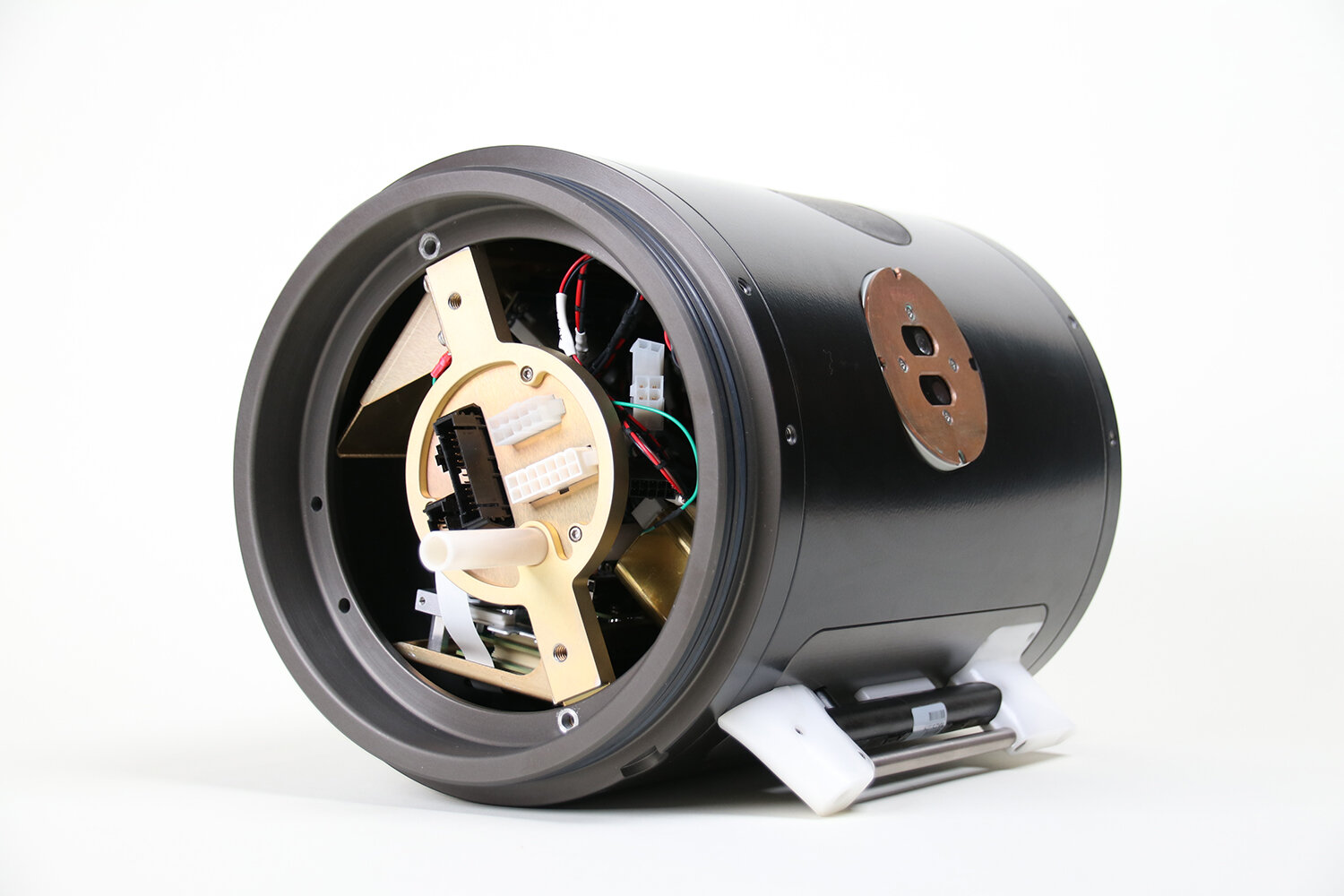
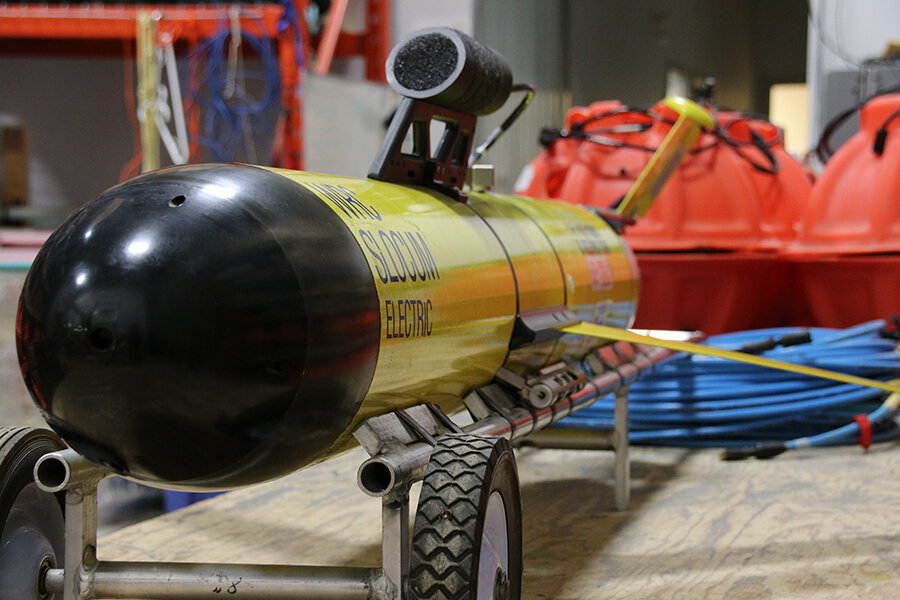
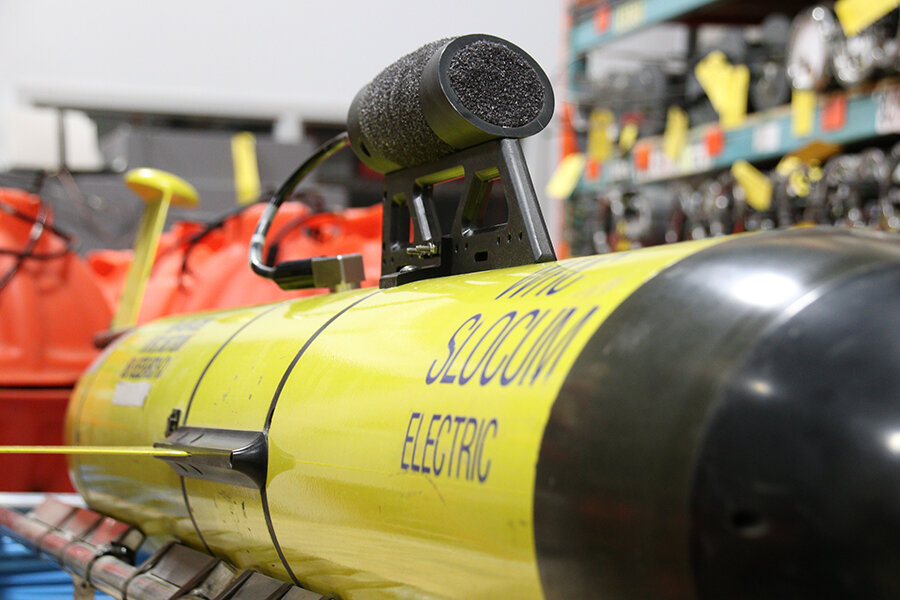
24/7 monitoring in any sea state
Long-term monitoring over wide areas
Deploy from any size vessel
Near real-time detections
Installed in the Slocum’s science bay, the OceanObserver records the data from one or more hydrophones and processes it to detect marine mammal calls or events of interest.
Surfacing at specified intervals, the glider sends the detections to shore for analysis and decision-making.
Customized detectors & communications
Onboard processing is done with PAMlab INT, the integrated version of JASCO’s PAMlab software suite. Our experienced bioacousticians tailor the detectors by species and call type.
The processed events are ranked so important events, like species at risk, are sent first, making best use of the communication window. Event information is distributed by email. Concurrent detections are associated to provide contextual information for onshore analysts.
Hydrophone data, and even spectrogram images, are too big to send by satellite. So simplified frequency contours are sent instead. Superior to pitch tracks, the contours give a rich picture of the data so analysts can identify species more easily and accurately.
Observer on Slocum gliders
Watch the webinar to learn more about the OceanObserver aboard the Slocum glider and its successful mission searching for North Atlantic right whales in Canada’s Gulf of St. Lawrence.
Includes answers to our customers’ FAQs.
Specifications
| Main platform |
| ||||||||||
| Onboard software |
| ||||||||||
| Acoustics |
|
||||||||||
| Physical |
|
||||||||||
| Processing and communication |
|
Due to continued product improvement, these specifications are subject to change without notice.


